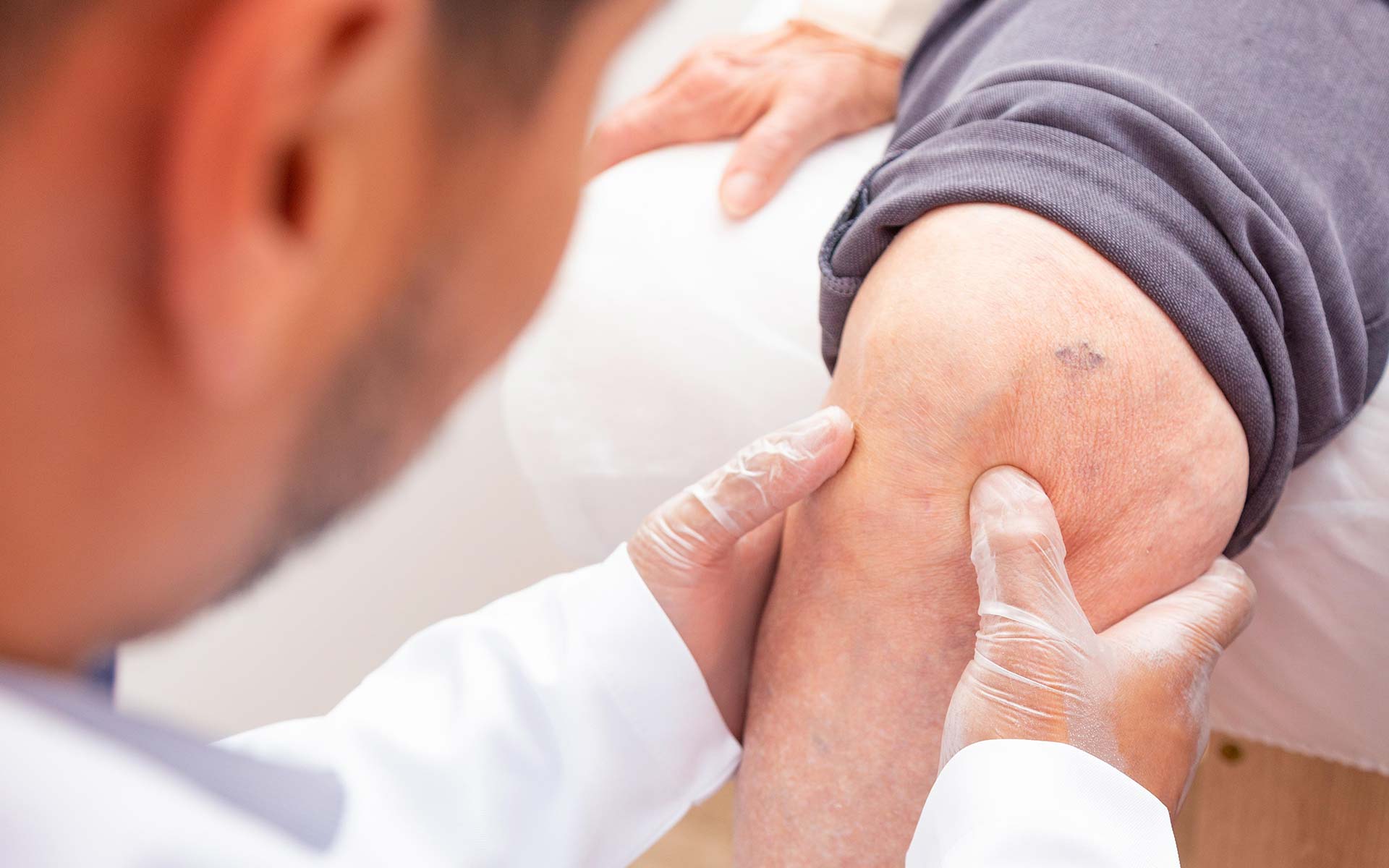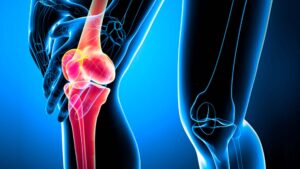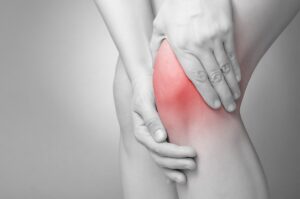
Condition where the knee joint deteriorates as a result of wear and tear knee joint arthritis It is called. It is characterized by wear and thinning of articular cartilage. This can lead to pain, stiffness and limited movement. Treatment may include medications and physical therapy to relieve pain and maintain mobility.
What are the symptoms of Knee Joint Calcification?

Pain is felt while moving, especially when walking or climbing stairs. Pain may decrease during rest. There may be a feeling of stiffness, especially in the morning or after being inactive for a long time.
Range of motion may be reduced and it may become difficult to bend or straighten completely. There may be swelling in the joint and tenderness when touched. Cracking or squeaking sounds may be heard when moving it. In advanced stages, deformities may develop in the knee.
Symptoms may differ from person to person and change over time. If knee joint arthritis symptoms If you are experiencing it, it is important to consult a specialist doctor. Early diagnosis and appropriate treatment are important in managing symptoms. It may help preserve knee functions.
What are the Causative Factors?
As we get older, the risk of wear of articular cartilage increases. It is one of the most common causes. Excess weight puts extra pressure on joints, increasing the risk. Women are affected more frequently than men, especially in the post-menopausal period. People with a family history of the problem have a higher risk of developing this condition.
Previous injuries or surgical interventions on the knee may increase the risk of developing it. Heavy physical work or occupations that require frequent use of the knees may increase the risk. Metabolic diseases such as diabetes affect joint health. This may cause the problem to occur.
Anomalies in the joint structure that are congenital or develop later may cause the disease to occur. Excessive or improper sports activities can damage knee joints and increase the risk.
It may contribute to the development of low bone density and certain bone structures. Each of the factors knee joint arthritis It is effective in different degrees of formation. It is important to be aware of these factors in order to take precautions and start treatment early.
What are the treatment methods?

Strengthening exercises strengthen the muscles around the knee. It reduces the pressure on the joint. Flexibility exercises increase joint mobility and reduce stiffness.
Losing weight can relieve pain by reducing pressure on the joint. A diet containing anti-inflammatory foods may help reduce inflammation.
Corticosteroid injections can quickly reduce inflammation and pain. Hyaluronic acid injections are given into the joint. It can allow the knee to move more easily.
Knee braces and other supportive devices can reduce pain by supporting the joint. Arthroscopic surgery is used to remove damaged joint tissue. Osteotomy is a procedure that changes the shape of the bones to redistribute the load on the knee. advanced knee joint arthritis In this case, the damaged joint is replaced with an artificial one.
Thus, knee prosthesis treatment is applied. Each treatment method applied must be adapted to the person's specific health condition and needs. Therefore, it is very important to consult with an expert healthcare professional to determine the appropriate treatment plan. You can contact us for more information.

